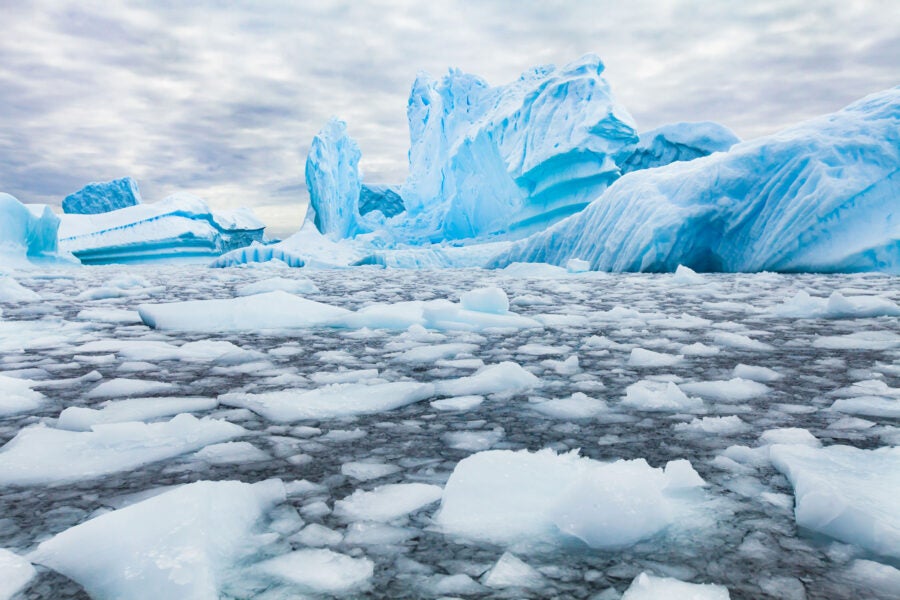
When we think of our planet Earth, we like to think of it as a solid object that we can’t really mess up. Unfortunately, the Earth is neither solid nor too large for us humans to be able to change.
Fun fact: When the massive Three Gorges Dam in China was filled with water, it actually slowed the Earth’s rotation down by changing the planet’s distribution of mass. The change was only a fraction of a microsecond, but every time we change the distribution of water on the planet’s surface, we change how the planet rotates. We also change how the crust of the planet beneath that water is shaped.
And here is your regular reminder that water comes in many forms, including ice and snow that can build up over centuries and melt away over years.
Here’s another fun fact: Volcanoes in icy climates erupt more often after the spring thaw.
It turns out the weight of snow and ice on the crust of our world is enough to shape our planet, like heavy books set on a memory foam mattress. And today, with that snow and ice and oh-so-many glaciers melting, the weight of the world is being redistributed.
According to a new paper in Geophysical Research Letters and led by Sophie Coulson, this melting is causing changes in the 3-D shape of the Earth’s crust to an extent that we hadn’t anticipated. Some of you may be old enough to remember the old mattress ads that showed bowling balls being dropped on mattresses next to glasses of drink. With the good mattresses, the ball’s motion would be absorbed and the glass would stand still. With the bad mattresses, the entire surface would deform, and the glass would spill.
It turns out the Earth is like a bad mattress, and the crust rebounds over huge distances with the removal of glaciers and the ice and snow around them. Understanding exactly what is going on is complicated by geologic time. It takes millennia for the Earth to return to its default shape, and we still can sense the rebound of the landscapes that were crushed under the last ice age, which lasted from 2.5 million to 11,000 years ago.
In this research, Coulson and her collaborators had to untangle motions from past melting and modern melting to understand what today’s global warming is doing to the shape of our planet, and the answer is: it’s doing a lot. The changes in shape that are being seen are over vast distances and are having effects on future melting.
Specifically, as the ground rebounds from the weight of now melted ice, it is tilting the landscape and making it hard to predict how the remaining ice’s motion and melting may be altered. Imagine seeing a mattress with a sleeper surrounded by bowling balls, but you aren’t sure if it’s a lumpy mattress or a smooth mattress. It might turn out that if you remove the bowling balls the rebounding mattress will leave behind lumps that send that sleeper sliding to a new position. We just can’t know. And with the Earth, thanks to Coulson, we now know one more thing we don’t fully know, and the list of unknown unknowns has gotten just a little bit smaller.
More Information
Harvard University press release
“The Global Fingerprint of Modern Ice-Mass Loss on 3-D Crustal Motion,” Sophie Coulson et al., 2021 August 16, Geophysical Research Letters




 Join the Crew!
Join the Crew!
 Escape Velocity Space News
Escape Velocity Space News
0 Comments